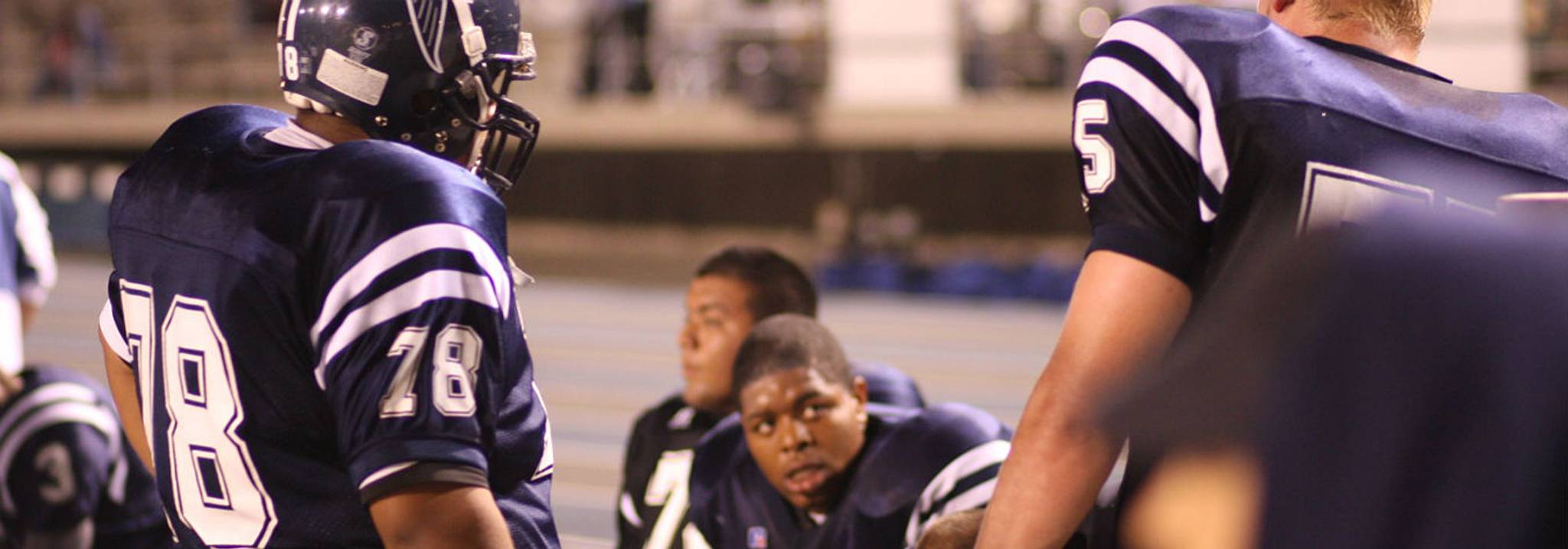
Amid social media’s barrage of autoplay video clips, a bunch of people standing completely still might seem like an unlikely source of entertainment. But when those people are creating epic tableaus, posing in ever more elaborate positions as part of the latest meme Mannequin Challenge, it’s a slightly different story.
The Mannequin Challenge was started by a group of teenagers at a Florida High School who filmed themselves posing in increasingly impressive freeze frames and posted the clips along with the hashtag #mannequinchallenge. Now, as is the defining feature of a meme, it's extended well beyond its humble beginnings, with celebrities, school kids and countless sports teams all creating their own epic freeze frames. In each video, groups of people – sometimes as large as an entire school body or concert audience – stand completely still, while a lone camera-person tracks through the crowd, pausing to show the various poses. The resulting clips have attracted tens of thousands of views in under a month and the craze has even been adopted by the Black Lives Matter movement as a protest against incidents of police brutality.
“I think people love it so much because it’s something anybody can do, versus learning the latest dance or something,” says Emili, one of the original Mannequin Challengers. As with its predecessors, like Gangnam Style, the Ice Bucket Challenge and fan versions of Pharrell Williams’ ‘Happy’, this meme relies on its participatory nature – anyone and everyone can take part. And this user-generated nature is ideal given Gen Z's preference for peer-produced content; they trust it 50% more than any other media.
But the reason these videos continue to multiply and evolve is due to a culture of competitive one-upmanship – an aspect of the human condition that's been amplified by the internet – as creators aim to make ever more impressive versions of the original iteration. It’s the combination of competition and collaboration that makes it so appealing – not unlike a team sport. Psychologist Christian Jarrett explains that when we take part in competitive activities, our hormone levels – particularly testosterone and cortisol – increase more than when we perform the same activities alone, regardless of how much exertion that task requires. So it makes sense that the meme has proven so popular with college sports teams – they can get that same kick of outdoing their rivals on Facebook feeds, as well as the field.
Discover more insights like this by signing up to the Canvas8 Library.
Katy Young is a Canvas8 behavioural analyst. She has a degree in American Studies and Film and an MA in Journalism. Her interests include wild swimming, thinking of podcast ideas and singing in an all-female choir.